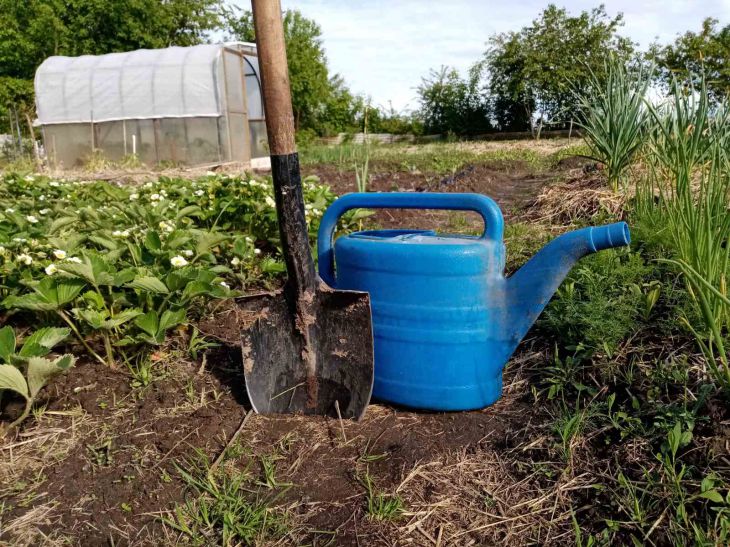Why You Should Avoid Row Sowing: Every Gardener Should Know This
Row planting of garden crops has become extremely popular, but it was not always so.
At first glance, this method seems ideal, but what if we look into it in more detail?
Are the rows that good?
Modern summer residents sow everything in rows, considering this approach to be optimal.
The advantages of row sowing include:
- ease of thinning;
- ease of weeding;
- ease of watering.

Now let's go back 150 years, when people grew vegetables to survive. They worked from morning till night (grazed cattle, made hay, took care of animals), so they had no time to dance with tambourines. Root crops, as well as cereals, were sown randomly over the entire surface of the bed. The result was so-called carpet planting.
As a result, there were the following advantages.
1. Fast sowing.
2. Maximum use of the sowing area (no empty spaces between rows).
3. Weed suppression, since the main crop covers the entire planting area with its leaves.
4. Minimal moisture evaporation, because the leaves cover the ground.
5. There is no need to thin out the crops (with experience you can scatter the seeds evenly).
What about the rows?
First, you need to make rows, then lay out the seeds one by one (or sprinkle a lot to thin out later), sprinkle each row. Then weed between the rows, because weeds grow all season, not suppressed by the main crop. You also have to water more often, because the bare soil between the rows dries out instantly under the scorching sun.
Farmers began to practice sowing in rows on their plots, having adopted this method from collective farms. When equipment for sowing and cultivating fields appeared, the best option became the method of sowing in rows. But on a personal plot, this method is not always better.
If you have the time, energy and desire to constantly tend to your beds, rows are ideal. But what if you don't have the time or energy? This is familiar to weekend gardeners.
Consider whether you should abandon row sowing? Random sowing is suitable for carrots, beets, all types of greens, black onions, turnips, radishes, radishes, and daikon. You can rake the seeds into the soil.
Remember that plants fight for habitat. If the land is not occupied by a cultivated plant, weeds will actively grow there. And if small crops may have to be weeded, then when they get stronger, they will suppress the weeds themselves. And those that manage to break free can be easily pulled out.
